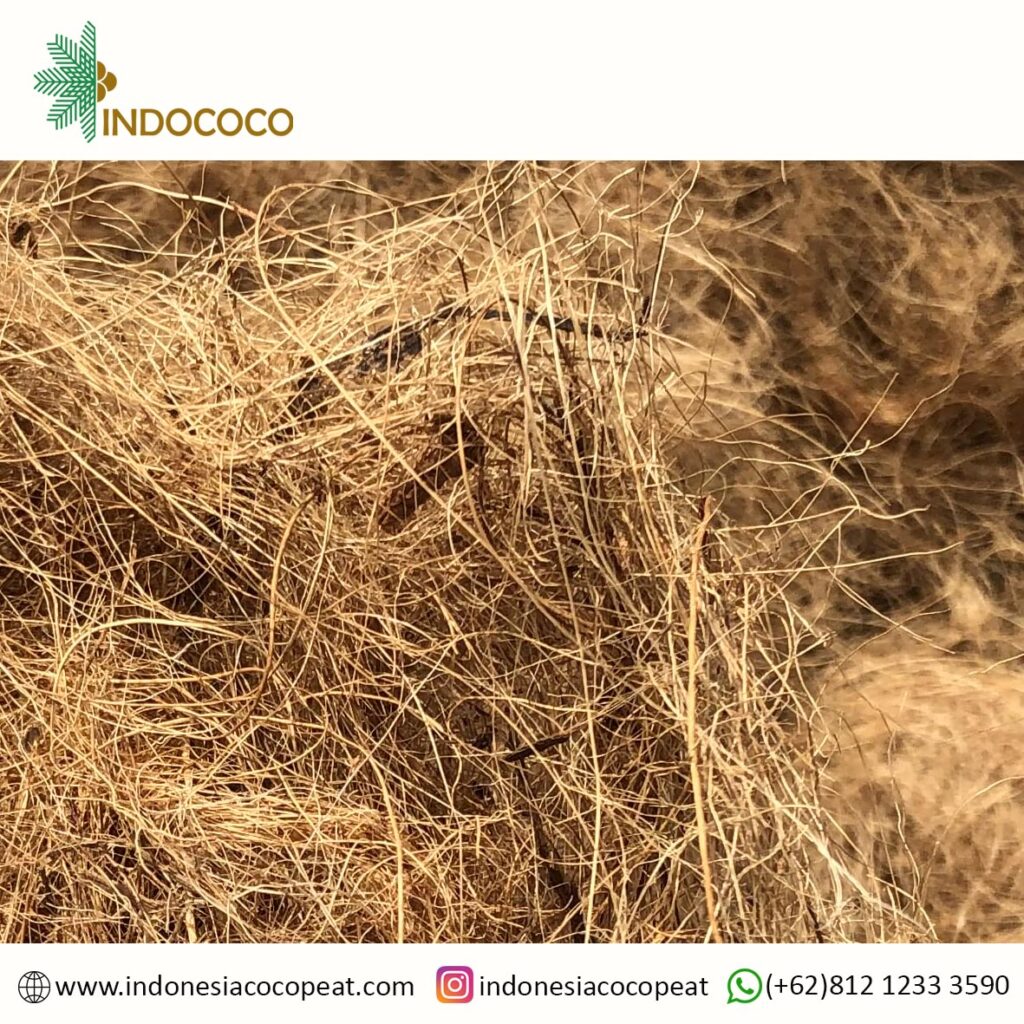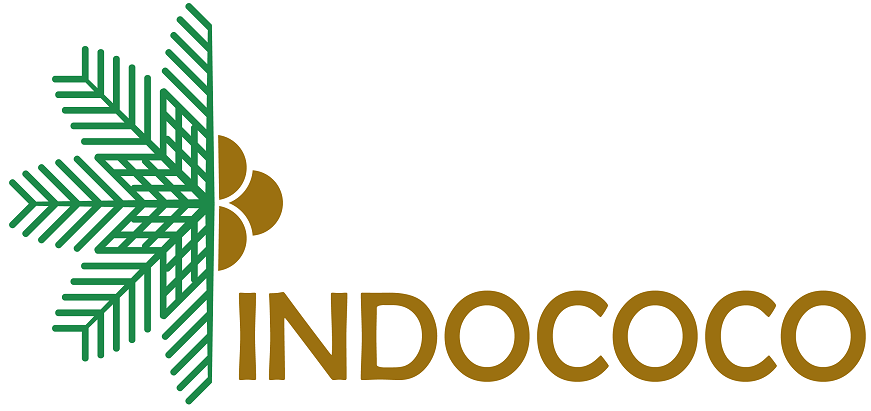
Do you love the earth that we live on right now? Coco fiber may be the suitable growing media for your plants, as it is just the cast of clothing from a harvested coconut. This product use rather than dismissing it is a win-win for environmental responsibility for our young generation. It is becoming well-known due to its use as a natural growing medium. You can grow your plant straight in fiber or mix it with other beneficial supplements. While coco fiber for plants is an excellent planting medium for many plants with several benefits, it’s just as remarkable to consider the possible cons of coconut coir as well. We will tell you the most general coco fiber pros and cons here.
Coco fiber for plants is the natural fiber that gets from coconut husks. Although it’s now managed for the gardener as planting medium and vessels, coir has been used for centuries to make string and woven mats. As peat moss supplies decreased due to over-harvesting, coir was determined to be an excellent replacement for peat moss in gardening. Gardeners use this fiber in the same way as peat moss for plants.
Step to use
The first step prepares coco fiber in a pot if you are growing seeds. This product retains water well and controls the same way as peat or vermiculite for germinating seeds. Second, attach an inch of soil to a pot in which you need to put a soil-retaining growing medium that will drain well yet retain adequate water. This is the role of coconut fiber. After that, put your plant in the pot with the root reception as bare as possible.
After finish preparing, put the layer of coco fiber around the roots. The result will depend on the plant you are growing. Endure layering coco fiber and soil in the pot until you have your wanted percentage of coco fiber. Push down on the soil so it permeates the free areas of the coco fiber. Tips for using coco fiber outside for plants, make sure it is buried. Squirrels and birds like to thief coco fiber to line their nests.
Pros and cons of coco fiber for plant
Sustainability is the first benefit of using its product. There are many reasons to use coco fiber, and one of the main reasons is its sustainability. The gardener may reuse coco fiber, unlike several different planting mediums, such as peat moss. Moreover, unlike peat moss, which is harvested from constantly declining swamps, coir is the result of a repurposed trash – the coconut husk. Collected and refined coconuts end up in our markets and manufacture, but all that shaggy coir was traditionally discarding or burned, increasing our carbon problems. With current methods, the stuff is produced with minimum energy and is lightweight to export. This material is also good at retaining aeration and water than it is the ease of use and few issues. The most important it has a low price at the market.
The drawbacks of using this material are few, but still, you need to consider. Like it has a salt problem, some gardeners have experienced cons of this. But you can remove the salt by soaking this material for a few hours so the salt will lose in water. And this material doesn’t contain significant nutrients, so you need to add more nutrients. But primarily using coco fiber to grow succulents requiring only limited nutrients is not a problem, but it may be for other plants.
If you need any further assistance regarding the coco peat,coco fiber or other coconut derivative products, please click this Whatsapp link to contact us directly: (Fajar Stevano) or email: [email protected]
